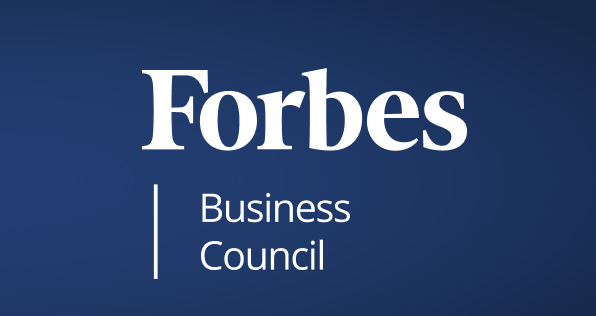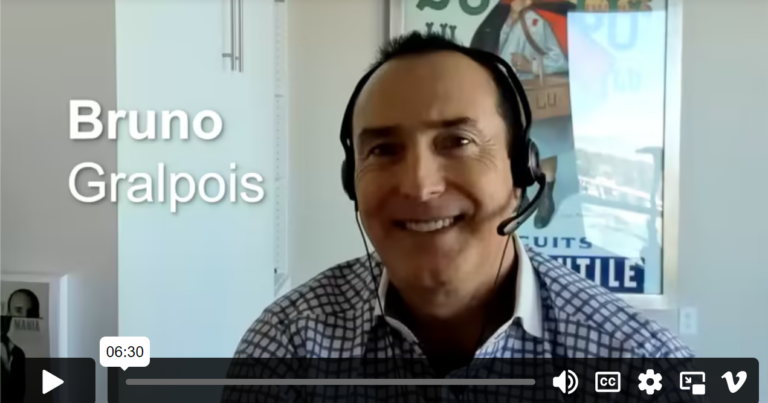Featured on the ANA:
Five things marketers can do to produce a better creative brief.
— Read the published ANA article —
In advertising, it can be argued that the smoothest path to great creative work begins with an equally great creative brief. But the process of delivering an effective brief is no easy task, if the numbers are anything to go by: According to a 2015 ANA survey on agency/client relationships, there is a wide gap between how clients and agencies each rate the quality of briefs. While 58 percent of clients surveyed believed they provide clear assignment briefings to their agencies, a mere 27 percent of agency respondents agreed. Similarly, a 2016 study conducted by the World Federation of Advertisers found that a great majority of agencies (82 percent) say client briefs only sometimes, if ever, include a distinct view of the customer; 73 percent of clients believe otherwise.
The deep rift those studies point to is a major reason why so many brands struggle to develop a truly solid brief. A good creative brief helps provide a clarity of purpose, says Bruno Gralpois, co-founder and principal at Agency Mania Solutions, author of Agency Mania: Harnessing the Madness of Client/Agency Relationships for High-Impact Results, and an instructor with the ANA School of Marketing. “It’s a vital communication tool to set out the mission,” he says, calling the creative brief an opportunity for brands to outline their ambition and ensure there is alignment between the marketing team and the agency on what the project is and what it needs to accomplish.
Since advertising is one of the most expensive things marketers buy, it is vital, argues Deb Giampoli, co-founder and partner at Stone Soup Consultants, that marketers clearly outline their expectations and provide the details agencies need to properly complete the work. When a brief doesn’t provide this direction, Giampoli says, it can result in having to redo the work, which is expensive, time consuming, and frustrating for everyone involved. The creative brief, she asserts, is the foundation to any creative project’s success.
Of course, the brief — and the process of developing it — can differ depending on the project and the relationship between the client and the agency, but there are some universal steps that can help marketers and agencies get the most out of their creative briefs. Here are five to keep in mind.
1. Align All Stakeholders
Traditionally, developing a creative brief involves a two-step process in which the client creates an assignment brief and the agency produces a creative brief, according to the 2017 ANA white paper “Better Creative Briefs.” However, the report notes that a newer line of thought suggests that the client work collaboratively with the agency planner or researcher to develop a single brief, which the agency can refine.
Regardless of which method a client chooses to adopt, having many hands involved in the creation of the brief means that all relevant stakeholders must be aligned on the content of the brief before the agency gets to work.
“Anyone who has the ability to evaluate the work and say no to the work should be involved in writing the brief,” says Giampoli, who also cautions against relegating the task to the junior-most person on the brand team. “[Clients] should also be generous with their time while the creatives are learning the brief and be available to answer questions, review issues, and debate ideas. Stay out of the agency’s creative process — don’t over direct it — but be available for collaboration and reviews throughout.”
A similar process should also apply to the delivery phase to ensure that everyone with veto power agrees with the direction the agency is given. “The process enabled by the brief is probably more important than the brief itself,” Gralpois says. “That’s why it’s a collaborative exercise. The thoughtful exchange of information that’s taking place between the client and agency will lead to clarification and refinement, and ultimately the complete alignment of expectations. That’s not possible without some amount of collaboration.”
2. Include the Essentials
Every creative brief requires some basic details to be considered comprehensive enough for the agency to truly understand the need it is helping to fill. According to the 2017 ANA white paper, these fundamentals include a clear objective, details about the target consumer, the key benefit of the brand for consumers, the reason consumers should make a purchase, the brand personality, what deliverables marketers are expecting to get from their agency, and how the brand will measure success.

Beyond the basics, experts suggest brands include the business context, timing, a budget — especially for new agency partners — and aspirations for the work. “Is [the goal] simply to communicate information in a header sign for a display store? Or … do you want to win an award at Cannes?” Giampoli asks. Those kinds of insights help tell the agency a few things. “That indicates how important the work is to the brand team, what role it plays in their marketing approach, and how serious they are about being stretched to think in different ways,” she notes.
For its part, the agency should feel free to push back if the brief is not clear enough or doesn’t have what the team needs to succeed, Gralpois suggests. “Clients should embrace the fact that sometimes it’s in their best interest when the agency is doing that,” he says.
Katherine Lee, a senior producer at digital agency SapientRazorfish, agrees, and says her team has worked with clients to clarify briefs. “It’s to our benefit,” she says. “We want to make the best work that we can for them.”
3. Stay Focused
Creative briefs require a lot of information, but the key to keeping the agency on track is to ensure that what is provided remains as focused as possible on the specific business objective. While marketers may be tempted to include as much information as possible, doing so will inevitably be counterproductive — and not only because it affects the agency’s ability to produce good work.
“[Brand managers] want to put all the bullet points in [the brief] that represent everything they would like a consumer to know about their brand,” Giampoli says. “The problem with doing that is when you try to tell consumers everything, you end up telling them nothing because they tune you out.” With consumers constantly inundated with marketing messages, the ones that catch their attention are usually the most creative or those that are especially relevant.
In short, when it comes to the creative brief, longer isn’t always better.
“The longer the brief, the less clear is it likely to be,” says Jason Chebib, VP of consumer planning at alcohol beverages company Diageo North America. “I’m not talking about the logistical requirements, I’m just talking about the words on the brief.”
Shorter and more focused briefs take longer to write, Chebib says, so marketers need to be prepared to commit the time and effort to getting it right. This often means learning to work within a template without remaining married to it or being inflexible about wording.
“When we start obsessing over the precise wording on a brief, something’s not quite right because a brief should be about a shared understanding of a goal and a shared understanding of a creative direction,” he says. “If you’re involved in writing briefs and you’re coming up against that, your relationship with your agency isn’t good enough.
“A creative brief is only ever a means to an end,” he adds. “Don’t sweat it [the wording] so much that it hurts.”
4. Train When Necessary
It is worth noting that the skills needed to properly develop and deliver a creative brief are not universal to all marketers, and training can help to make sure the process runs smoothly.
“Briefs come in all different levels of quality,” Gralpois says. “There are people who are extremely good at it, and people who are really poor at it.” Organizations need to improve the quality of their briefs to ensure agencies perform better on their behalf, he says.
Since many marketers come into the field having little to no experience with the briefing process, combining training with guidelines and tools goes a long way toward helping them excel, Gralpois says.
In some cases, the necessary training can come from the agency itself. Take, for instance, SapientRazorfish, where Lee’s team sometimes conducts brief-writing sessions with clients to help them understand how the agency uses the brief and what key points are needed to move forward. “It’s our job as an agency and partner to invite the clients into the creative process and help them understand it better,” Lee says. “When we have that collaboration with the client and they understand the purpose of the creative brief, they can actually help provide better input. They have all the information, it’s just giving them guidance around what information will actually help us do the work.”
5. Put Thought Into How the Brief Is Presented
Once the brief has been developed, marketers should consider its delivery as carefully as they do the content. Per the ANA white paper, it’s not a good idea to send the brief to the agency or hand it off to an account executive to give to the creative team in lieu of presenting it in person.
Giampoli agrees. “I know of situations where the brand team has written the brief, filled out the template, and emailed it to the agency, and they say, ‘We want this work in two weeks,'” she says. “I think that’s a big missed opportunity to not only give an assignment to a creative team, but to inspire them to do the kind of work that is going to set you apart from your competitors.”
Instead, she suggests making the briefing experience as creative as the brand wants the work to be and to use the opportunity to immerse the creative team in the worldview of the consumer.
Taking that idea a step further, Chebib recommends moving the process out of the office to a more creative environment and making a sincere attempt at ensuring the briefing is entertaining and engaging. This will almost always be worth the effort, he says. “It will add tone and color to your brief. The creative people will appreciate the effort you’ve gone through to make this not just another routine briefing,” he says.





